The piercing trends that will soon be everywhere, according to celebrity jeweller Maria Tash
The Independent caught up with Maria Tash at the launch of her new store
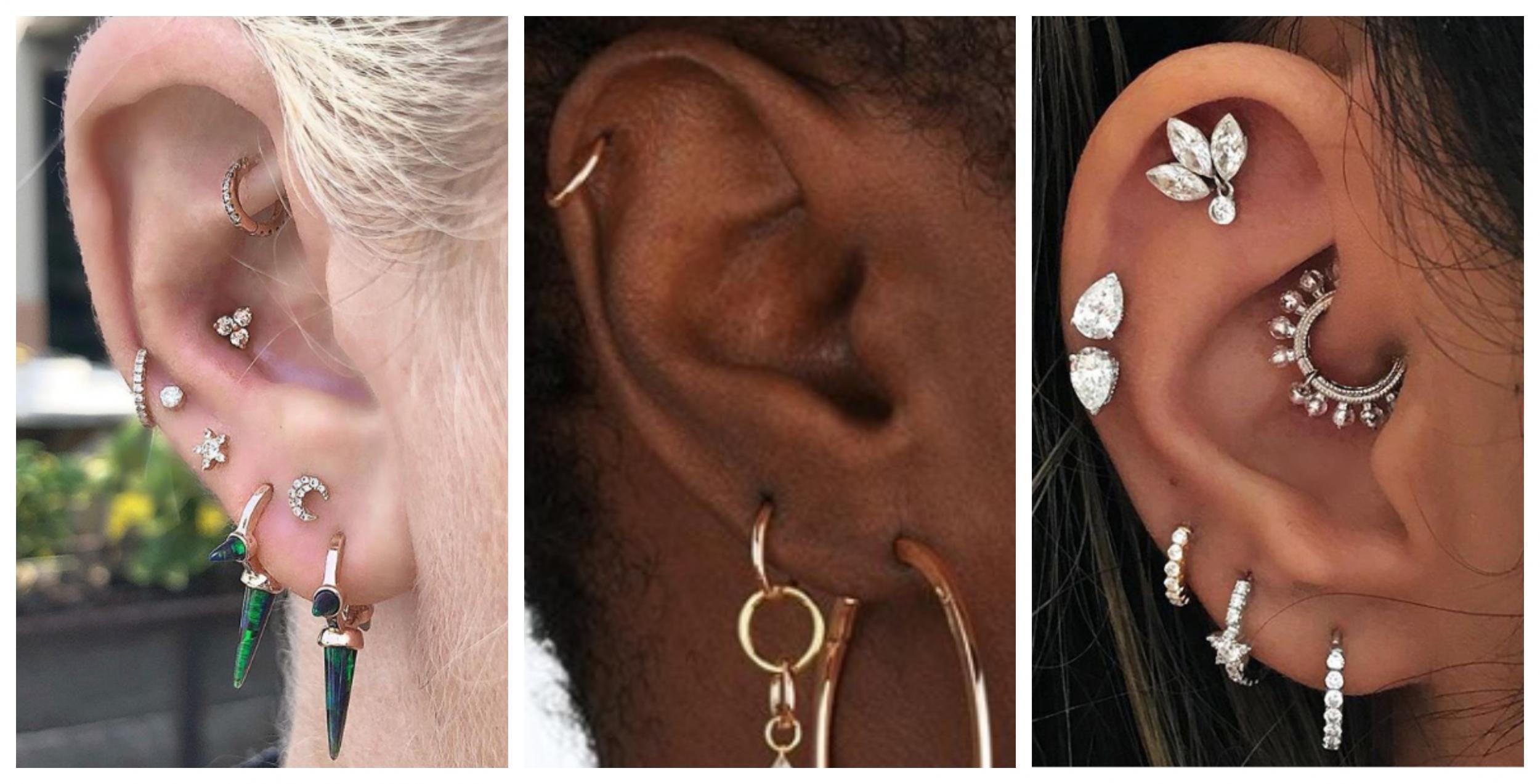
Your support helps us to tell the story
From reproductive rights to climate change to Big Tech, The Independent is on the ground when the story is developing. Whether it's investigating the financials of Elon Musk's pro-Trump PAC or producing our latest documentary, 'The A Word', which shines a light on the American women fighting for reproductive rights, we know how important it is to parse out the facts from the messaging.
At such a critical moment in US history, we need reporters on the ground. Your donation allows us to keep sending journalists to speak to both sides of the story.
The Independent is trusted by Americans across the entire political spectrum. And unlike many other quality news outlets, we choose not to lock Americans out of our reporting and analysis with paywalls. We believe quality journalism should be available to everyone, paid for by those who can afford it.
Your support makes all the difference.If there's one name that has become synonymous with the recent boom in multiple ear piercings, it is American jeweller Maria Tash.
Once the reserve of punks, goths and teenage rebels, piercings are now the smallest must-have fashion accessory, seen everywhere from catwalks to billboards and adorning even the most conservative faces.
Since launching her first eponymous store in New York's East Village in 1993, Tash has become a jewellery mogul, with concessions worldwide and an Instagram following pushing 300,000.
Her intricate, fine jewellery can be seen punctuating the ears of celebrities from Beyoncé to Margot Robbie and - differing from most mainstream piercing salons - customers can wear most of the pieces immediately, without having to spend months waiting for holes to heal around sterile surgical steel bars.
Speaking at the launch of her new Harrods boutique (open for less than a week and already buzzing with customers champing at the bit to go under the needle), the jeweller tells The Independent how our view of piercings has changed so much in recent years.
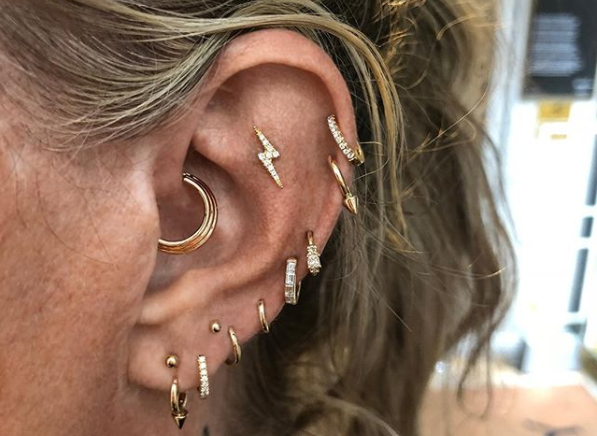
“There are no rules any more," says Tash, explaining how conventional matching lobe earrings have been eschewed over the past six-or-so years for what she calls “asymmetry," multiple all-over ear gems.
“High fashion brands now allow all the models to wear all their own earrings and piercings. Ear piercing has become quite liberated.”
Tash, who first got into piercing in her late teens – when she would pierce the ears of all her friends in their bedrooms - flew to San Francisco in the early nineties to take a class from piercing guru Fukia Musafar, in the city that was home to what she calls the “modern reinvention of piercing.”
She puts the recent boom in multiple ear piercings down to the wider range of jewellery now available. “People don’t just get something because they feel badass about it. They think ‘oh that’s really beautiful, where can I put that?' The quality of the jewellery has inspired the piercing now." And with Maria Tash jewellery setting customers back anything from £95 for a basic hoop to as much as £18,000 for more elaborate jewelled pieces, you'd have to really want something.
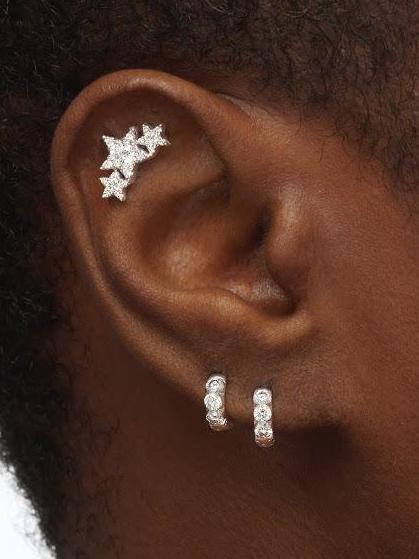
It isn’t just the number of piercings that has changed, but also the location on the body, says Tash, with once omnipresent belly bars popularised by the likes of Britney Spears and Christina Aguilera in the nineties now rarely requested in piercing salons. “People used to get these really elaborate navel piercings,” says Tash. “That’s all out now. The navel thing sort of died down when people had a hard time healing it.”
Other long-departed body modifications according to Tash include dermals (a stud directly into the skin anywhere on the body, one of which caused a furore on this year's Love Island), as well as tongue and genital piercings.
“Tongue piercing got a really bad rap because people put really long bars in and they cracked teeth so dentists were against them and they went out, even though if you shortened it and it was done properly it was OK,” she says.
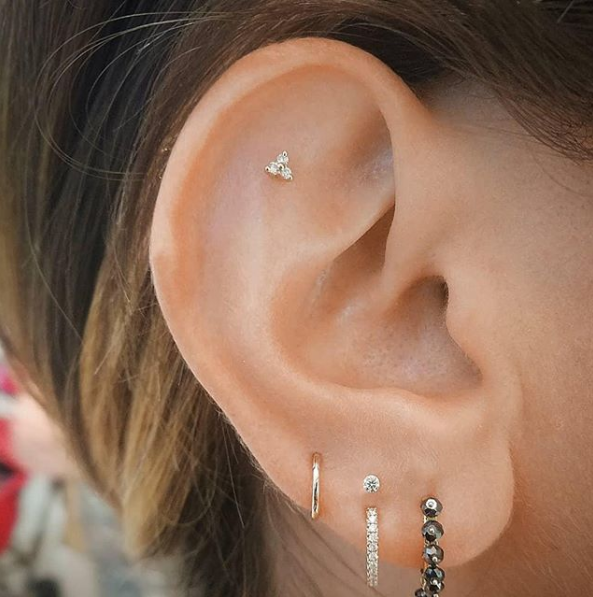
Beyond just the placement of piercings on the body, now trends see people more concerned with curating their piercings, focusing on how things fit and feel on their individual body, and go with their desired look.
At Tash’s salons, they offer small split rings and clip-on studs that shoppers can move around their faces to design the look before committing to the needle.
“The idea is to make things look very deliberate. Design intent is important. It’s not about the number that you have, the quantity, it’s about finding a placement that is flattering and intentional,” explains Tash.
When it comes to curation, people consider metal colour “and how it complements their skin tone, there’s the diameter of rings - fitting things in a way that’s close but not too tight is important”, and then it’s how to combine the jewellery. “Do you go for double rings or do you have a stud and a ring or even a scaffold?”
There are more options than ever, today, which can be done professionally and safely, and with much more appealing jewellery than there have been in the past decade.
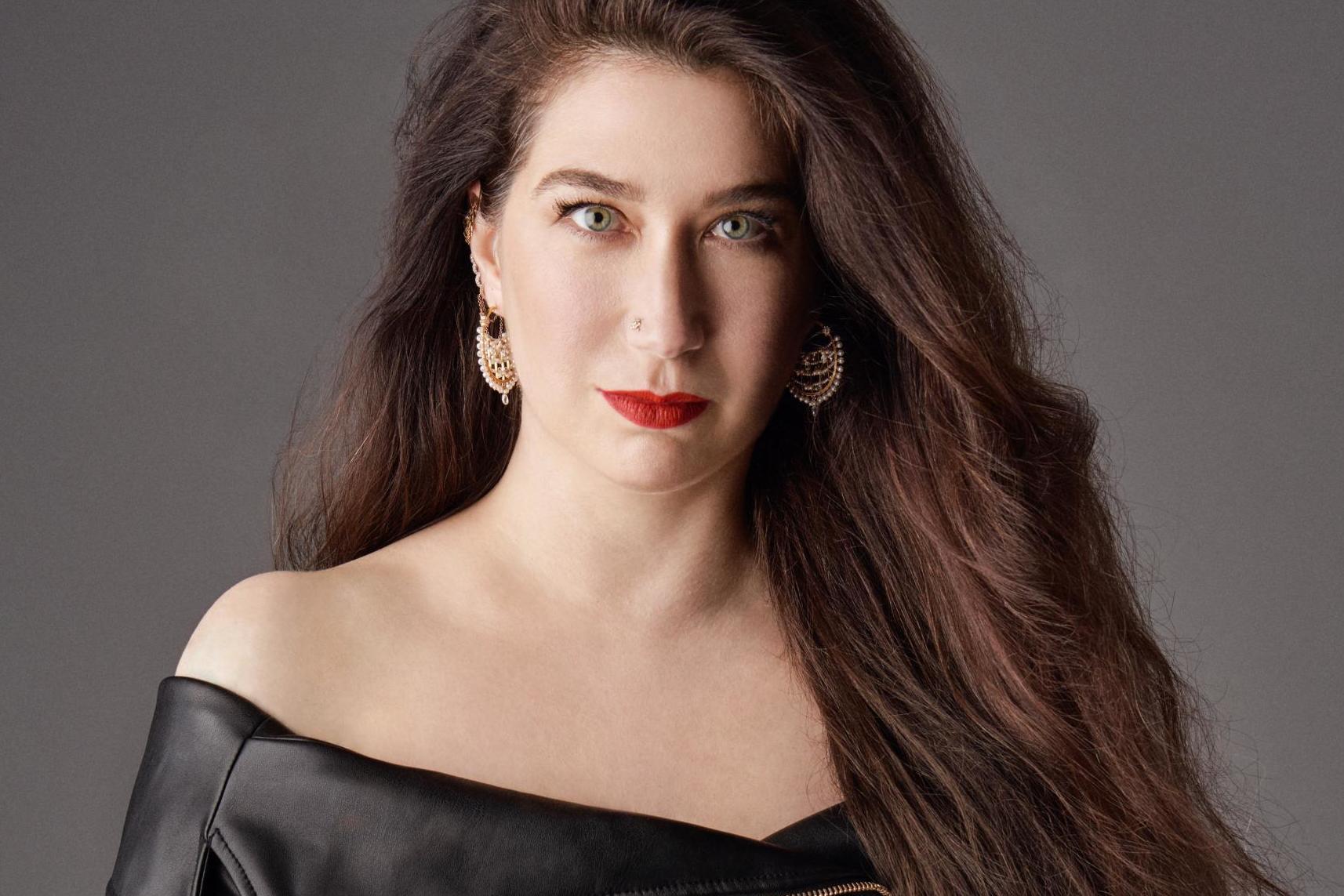
Above everything, Tash predicts one style in particular will become increasingly popular. What she refers to as the “high lobe,” a stud placed directly above your first or second lobe piercing, or even high-up between the two.
“It’s popular because, if you’ve got a piercing that has grown down from wearing heavy earrings or that was low to begin with, it makes the deliberate look to punctuate really high and double-up.”
The jeweller thinks that the renaissance of piercings has led to a more liberal view of them, and could even eventually signal the return of previously more taboo jewellery like genital piercings.
“There are some attractive ways to do them that don't interfere so much with sex. Thanks to the use of modern surgical needles, we can create much better healing piercings in more interesting places.”
Join our commenting forum
Join thought-provoking conversations, follow other Independent readers and see their replies
Comments